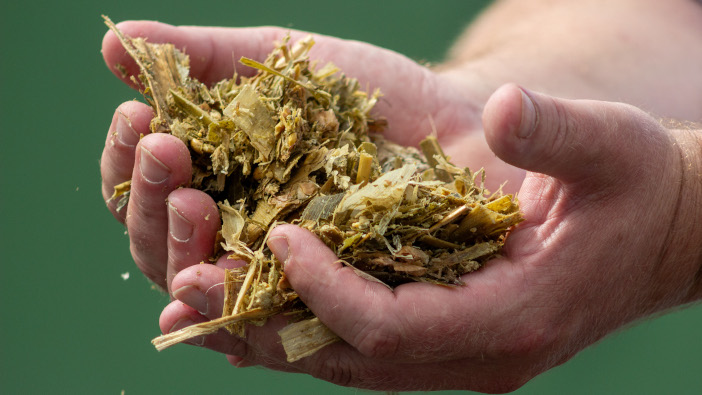Barenbrug is advising growers to conduct a fodder budget ahead of winter, following the challenging weather conditions that have impacted silage supplies.
Janet Montgomery, agriculture product manager, notes that both the quality and quantity of silage was affected by the weather, making it essential to assess forage reserves.
“Will it last? Will it provide the performance you need?” Janet asks. “You need to work out those answers and act accordingly.
“We’re not facing an emergency, but neither is there 100% confidence that the country has sufficient forage quantities and qualities.
“There is a chance that feed will be short. But if you act now, and plan, then you won’t get caught out later.”
Dry cows and milkers will need up to 1.5t of silage per month, she adds. “The first step should be to check how much you have, and whether it’s enough for the winter months. And to do that effectively, you also need to decide now the condition in which you want to leave pastures at the end of 2024.
“There’s always a risk in assuming that pastures will ‘come back’ in time for spring. Ask too much of them during the critical autumn period – for example, by not managing residuals properly, or not indexing fields to prioritise grazing, or reseeding – and they won’t be ready for you in 2025. Then your fodder budget will have been for naught.
“But protect them, and pastures will pay you back handsomely.”

Measuring requirements
To approximate how much silage is the clamp, farmers should multiply the length of the pit by the width and the average height of the silage. This figure should be divided by 1.35 to get the amount in fresh tonnes.
After this, the average silage requirement per day should be multiplied by the number of animals to feed and the estimated number of feeding days.
“You’ll then be able to compare demand and supply of silage, and see if there’s likely to be a deficit.”
It’s best to assume that winter will be difficult, Janet says, so plan for the worst. “If you’re conservative about when to house the cows, even if it means breaking into the clamp earlier, there’s a good chance that the grass will be ready when you want it.”
A question of quality
While the quantity might be there, there are still questions about the quality of silage, with late cuts showing low biomass levels and nutritional content.
“If there’s one time you don’t want to merely estimate silage quality, it’s now,” Janet stresses. “You really need to know what you’re feeding, so the second step is to test and analyse your silage, and to calculate your dry matter content. Then you’ll know what supplements you’ll require and can plan accordingly.
“Yes, bought-in supplements will always be more expensive than home-grown feed but by knowing exactly what you will need to balance energy and protein, to maintain your performance targets, you can plan ahead and map out your options in good time.
“Treat the 24/25 fodder budget as a ‘must do’, not an optional extra. It’s worth a bit of time now to ensure you can make it through the winter comfortably, without watching performance tail off.”


